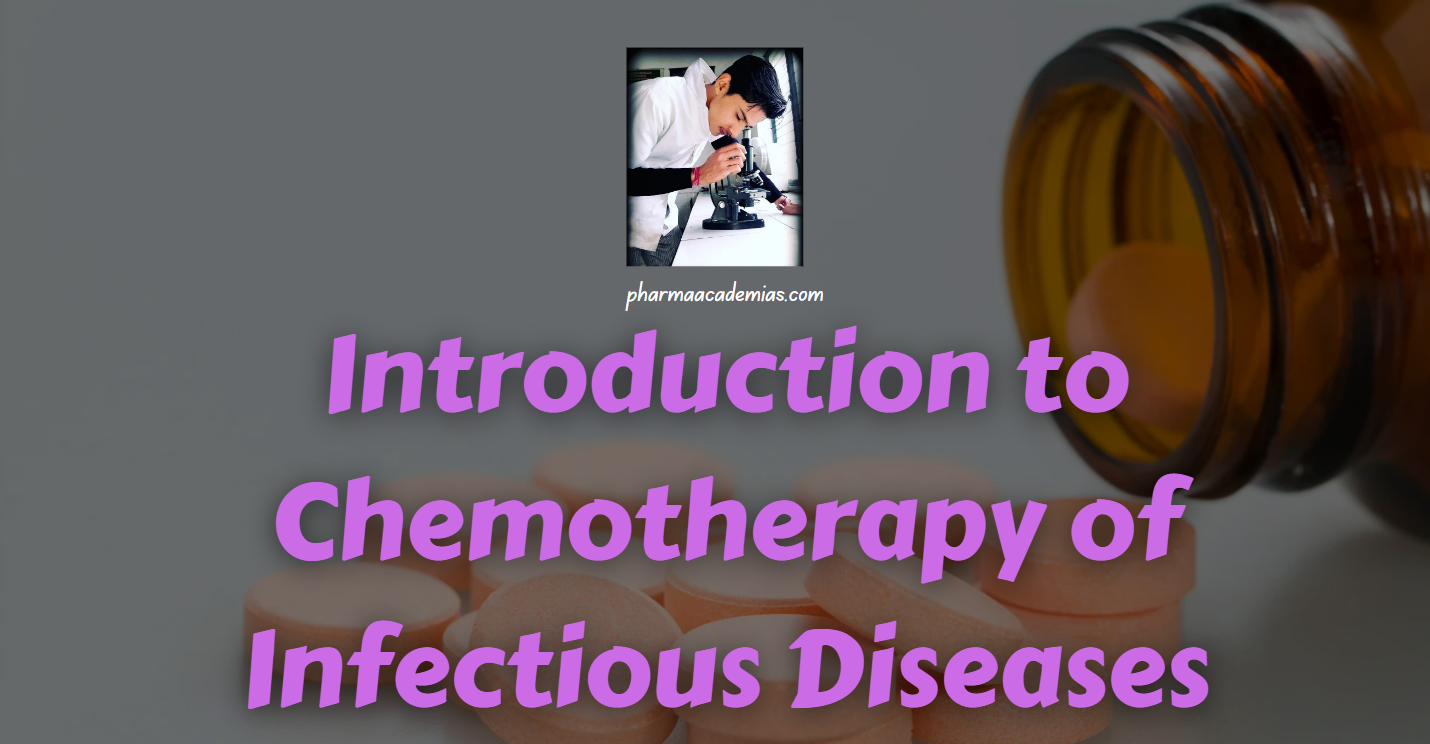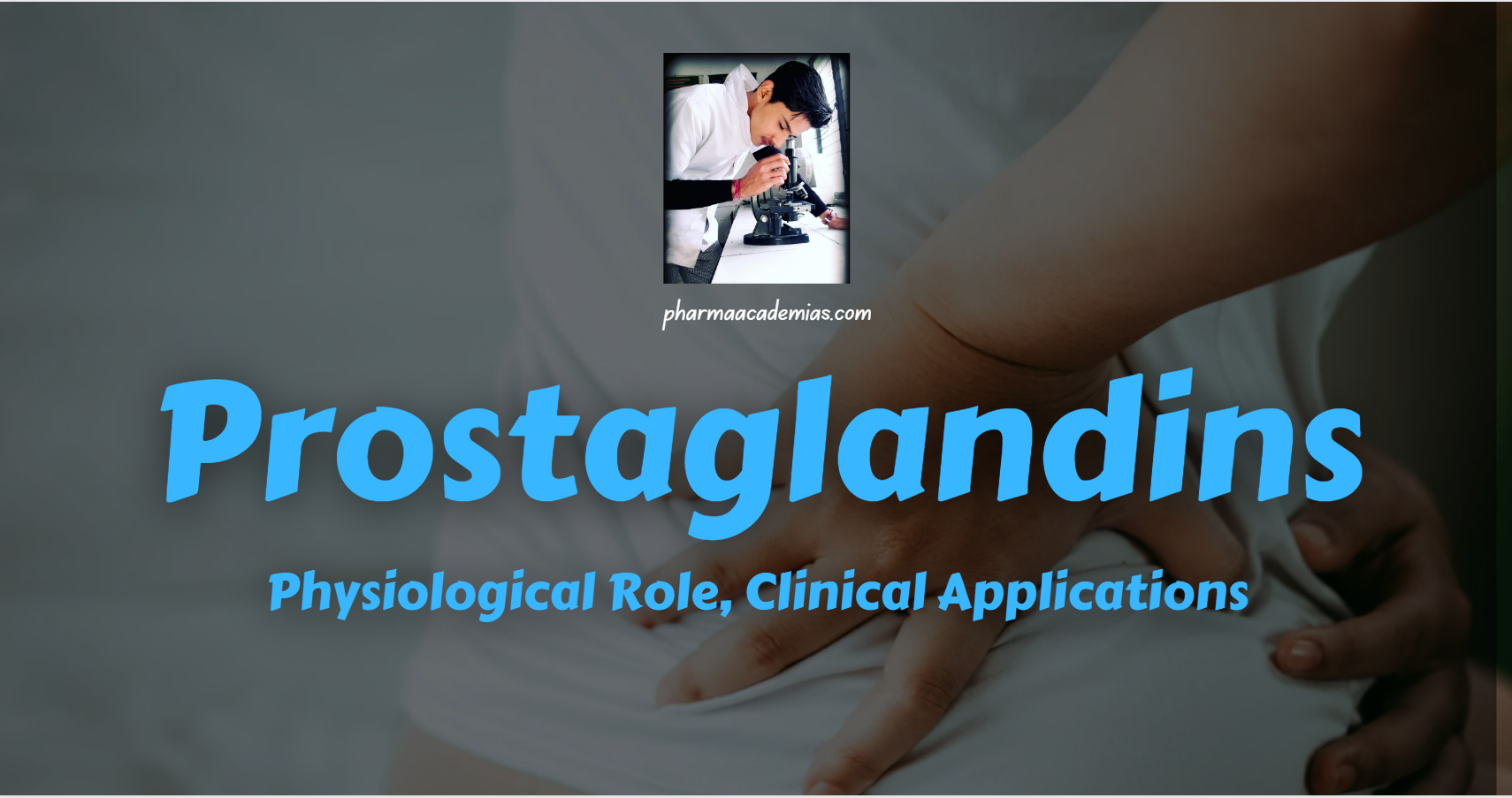Chemotherapy is a crucial component of cancer treatment that involves the use of drugs to kill or inhibit the growth of cancer cells. Neoplastic diseases, commonly known as cancer, are characterized by uncontrolled cell division and the ability of cancer cells to invade surrounding tissues. Chemotherapy aims to target and …
Introduction to Chemotherapy of Infectious Diseases
Chemotherapy refers to the use of drugs to treat diseases. In the context of infectious diseases, it involves antimicrobial agents to combat infections caused by bacteria, viruses, fungi, or parasites. Chemotherapy in infectious diseases aims to selectively target and eliminate the causative microorganisms while minimizing damage to the host’s cells. …
B.pharma: Physical Pharmaceutics -Ist previous year question paper
📚 Welcome to pharmaacademias.com – Your Gateway to Academic Excellence! 🌐 Unlock the secrets to success with our extensive collection of previous year question papers, meticulously curated to elevate your learning experience. 🚀 Embark on a journey of preparation and mastery as you download these valuable resources, tailored to help …
5-HT antagonists: Classification, clinical uses, and adverse effects
5-HT antagonists, also known as serotonin receptor antagonists, are a class of drugs that inhibit the action of serotonin, a neurotransmitter that plays a crucial role in various physiological processes. These antagonists block the binding of serotonin to its receptors, thereby modulating its effects. There are different subtypes of serotonin …
Classification of Antihistamines
Antihistamines are a class of drugs designed to counteract the effects of histamine, a natural compound released by the body in response to allergens. Histamine plays a central role in allergic reactions and is responsible for various symptoms such as itching, sneezing, runny nose, and watery eyes. Antihistamines block histamine …
Prostaglandins: Physiological Role, Clinical Implications
Derived from fatty acids, particularly arachidonic acid, which is a component of cell membranes, prostaglandins constitute a group of lipid compounds. These bioactive molecules function as local signaling mediators, exerting a wide range of effects on various physiological processes in the body. By being produced and acting locally at the …
Serotonin (5-HT): Physiological Role, Clinical Implications
5-Hydroxytryptamine, commonly known as serotonin or 5-HT, is a monoamine neurotransmitter and a derivative of the amino acid tryptophan. It plays a crucial role in the central nervous system and various physiological processes, contributing to mood regulation, sleep-wake cycles, appetite control, and gastrointestinal function. Physiological Role of 5-Hydroxytryptamine (5-HT or …
Histamine: Physiological Role, Clinical Applications
Histamine is a biogenic amine, a compound derived from amino acids, that serves as a signaling molecule and neurotransmitter in the body. It is produced and stored in various cells, particularly mast cells and basophils, which are immune system components. When released, histamine plays a key role in several physiological …
Autocoids
Autocoids, short for “autonomous mediators,” refer to a diverse group of naturally occurring substances within the body that act locally to regulate physiological functions. These substances are produced in small quantities and exert their effects near the site of synthesis. Autocoids play essential roles in maintaining homeostasis and mediating various …
D. pharm- Pharmaceutical Chemistry previous year question paper
📚 Welcome to pharmaacademias.com – Your Gateway to Academic Excellence! 🌐 Unlock the secrets to success with our extensive collection of previous year question papers, meticulously curated to elevate your learning experience. 🚀 Embark on a journey of preparation and mastery as you download these valuable resources, tailored to help …








